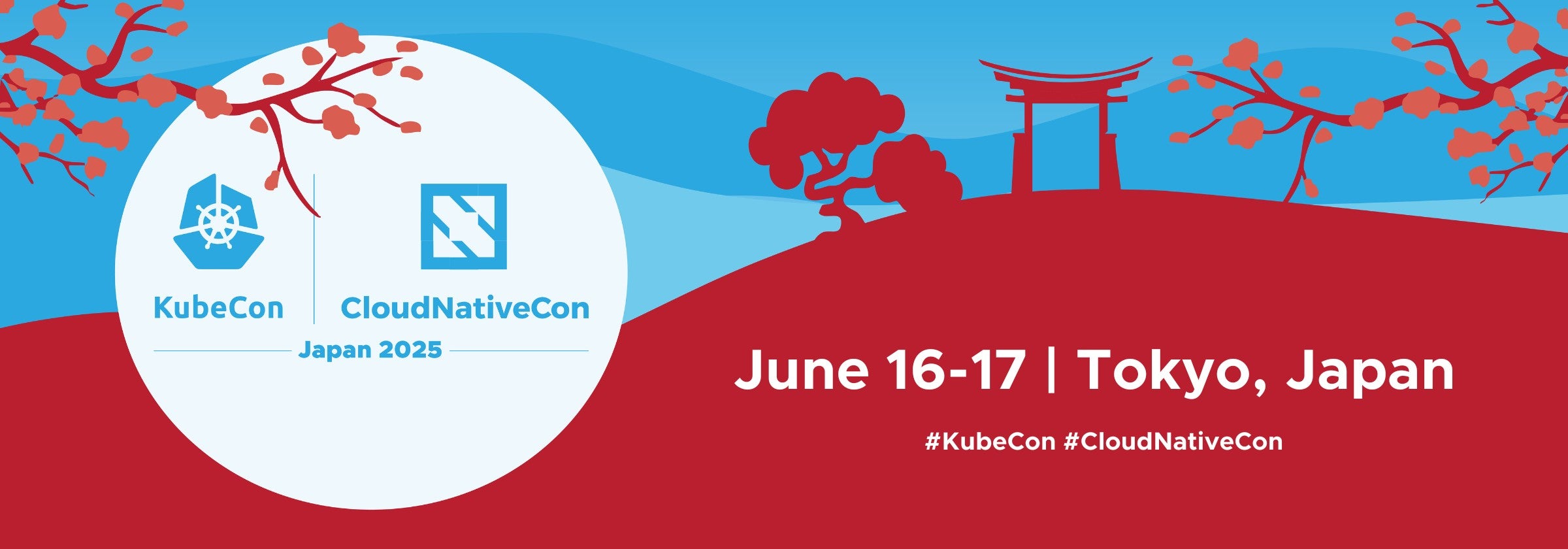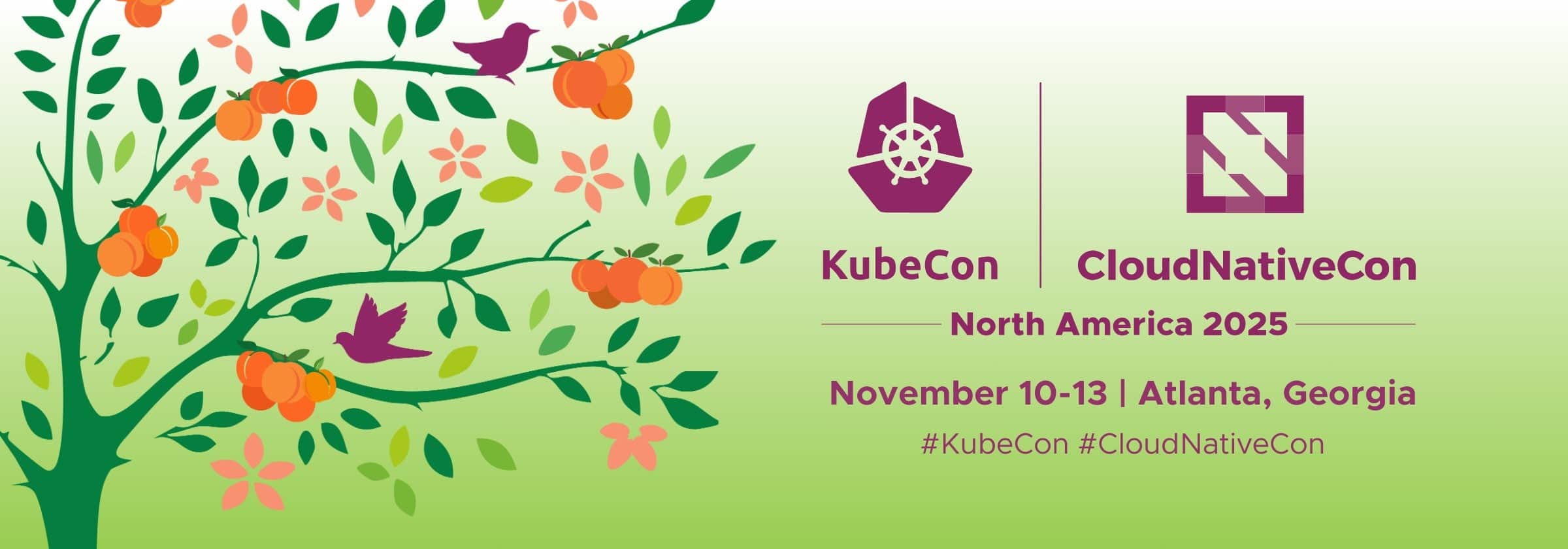Project Journey Report
Introduction
Kubernetes is a fault-tolerant, extensible, scalable platform for managing containerized and cloud native applications. It is the most widely used container orchestration platform in existence.
Initially created by Google engineers in 2014, it became the Cloud Native Computing Foundation’s first hosted project in March 2016. It is the second largest open source project in the world after Linux and is the primary container orchestration tool for 71% of Fortune 100 companies. Looking ahead, Kubernetes adoption shows no signs of slowing down – according to Gartner’s “The CTO’s Guide to Containers and Kubernetes” by 2027, more than 90% of global organizations will be running containerized applications in production.
In this project journey report, we guide you through the remarkable growth journey Kubernetes has experienced under CNCF. We can’t attribute every data point to specific inputs, but we can document and explore the correlations in search of successful decisions and actions. This report is part of a series of project journey reports published by the CNCF.
NOTE: These statistics were collected with the DevStats tool, which CNCF built in collaboration with CNCF project communities. When we refer to “Contributor,” we mean somebody who made a review, commented, committed, or created a PR or issue.
Project Snapshot
Joe Beda made the first commit to Kubernetes on June 6, 2014. Kubernetes joined CNCF on March 10, 2016, and on March 6, 2018, was the first CNCF project to graduate. Since joining CNCF, the Kubernetes community have added:
Adobe relies on Kubernetes as a core part of our developer platform. Kubernetes is vital to our success in delivering high-quality software to our customers, and its extensibility enables us to be ready for emerging technologies.
Kubernetes provides an efficient and scalable multi-cloud infrastructure for deploying, managing, and scaling our applications, enabling us to release new features quickly, reliably, and securely. Our development teams can focus on creating innovative software without worrying about the underlying infrastructure.
Joseph Sandoval
Lead Principal Engineer at Adobe
Contributor
Diversity
1/6
Kubernetes has increased velocity and adoption thanks to healthy coordination and shared vision among its major vendor and end-user contributing communities. Since joining CNCF, Kubernetes has tallied contributions from more than 7,800 organizations.
Today, the top two companies contributing to Kubernetes are Google and Red Hat. These two accounted for 83% of contributions before the project joined CNCF in 2016. Today, they account for 46% of contributions.
While their percentage of all contributions has declined, the gross number of contributions from those two companies has increased. Today, contributors include world-leading tech companies like Microsoft, Amazon, and Intel, as well as fast-growing midsized companies and startups, like Meetup, Weaveworks, and Mattermost. This indicates a healthy dynamic, where project originators have contributed prolifically while encouraging other organizations to increase their contributions, sharing stewardship, and growing the community.
Since joining CNCF in March 2016, the number of actively contributing companies has risen from 731 to 8,012, a 996% increase. This growth corresponds to a rise in individual contributors from 2,727 when it joined to over 76,035 today, representing a 2,688% increase. Kubernetes has also enjoyed a healthy expansion of independent contributors since joining.
Diversity Across Company Size and Type
(End User, Vendor, Foundation)
By the numbers
The diversity of company contributors, and the healthy balance of vendor<->end user input, continues to fuel growth and give users confidence in choosing Kubernetes.
Cumulative growth of Kubernetes contributions by company Q2 2014 – Q2 2023
Percentage Breakdown of Kubernetes Contributions by company Q2 2014 – Q2 2023
Cumulative Growth of Contributing Companies Q2 2014 – Q1 2023
Cumulative Growth in contributors Q2 2014 – Q2 2023
The Kubernetes community is committed to doing the work necessary to maintain and continually improve the project. For example, faced with growing adoption, hardworking contributors, with support from end-user organizations, have undergone a years-long effort to ensure the project’s ability to continue serving hosted images for free. Kubernetes is one of a handful of projects running infrastructure to serve its users. We believe that making available our container images after cutting each release is a critical service that has helped shape the project’s success. We work hard to make it happen efficiently and securely.
The infrastructure revamp has tested our community’s strength and our members’ resolve. The coordination between SIGs has been challenging, but we have never lost focus on what is best for the future of Kubernetes. I am proud of the amazing people who have stepped up to do the hard work and thankful to those organizations who have donated the needed resources.
Adolfo García Veytia
Staff Open Source Engineer at Chainguard,
Kubernetes SIG Release Tech Lead, Kubernetes Maintainer
Geographic Diversity
of Contributors
2/6
Countries of Top Contributing Companies
Percentage contributors to Kubernetes by Country Q2 2014 – Q1 2023
As an open source project, its important that Kubernetes serves a global, diverse, and distributed user base. I’ve had the honor and privilege of relying on, contributing to, and co-chairing our documentation effort, which pays special attention to localizing Kubernetes docs across languages and writing systems. Today, Kubernetes documentation is available in 15 languages, increasing from nine languages in 2019.
Localization matters because it reduces the barriers to adoption, while enabling better support for users and contributors worldwide. We’re immensely proud to have officially recognized the Localization subproject under SIG Docs, and to have recently launched the Hindi localization, our first instance of the docs using the Devanagari script. Excitingly, we have more languages being prepared for launch as we speak. This work has been driven by passionate contributors who help make Kubernetes accessible beyond the English language, increasing our user base and championing diversity and inclusion.
Natali Vlatko
SIG Docs Co-Chair for Kubernetes, Kubernetes Maintainer
Development
Velocity
3/6
Monthly velocity of Kubernetes Q1 2014 – Q1 2023
Based on velocity metrics since joining CNCF, activity within Kubernetes appears set to continue growing at a robust pace, due mainly to large vendors adding platforms.
One way we track developer velocity (defined by us) is with a simple formula: commits + PRs + issues + authors. We also look at cumulative numbers of contributors throughout Kubernetes’ history. Both illustrate that Kubernetes’ formula of multiple vendors and end users creates healthy, grassroots support.
Growth of Kubernetes pull requests, code commits, issues, & authors Q1 2014 – Q1 2023
Education, Events
and Sponsorship
4/6
The more a project’s community participates in education, events, and sponsorship, the healthier the project tends to be.
Education
Kubernetes education and training programs have increased since the project joined the CNCF and help to nourish and grow the Kubernetes ecosystem. For example, CNCF, in collaboration with the Linux Foundation, has launched numerous globally recognized Kubernetes training and certification programs, including the Fundamentals of Kubernetes, Certified Kubernetes Administrator, and Certified Service Provider programs.
CNCF strives to offer programs that address the current needs of real-world practitioners. For example, the Kubernetes and Cloud Native Associate (KCNA) certification educates candidates on the entire cloud native ecosystem, with a focus on Kubernetes. Also, in Q3 of this year, CNCF will introduce the Kubernetes and Cloud Security Associate (KCSA) certification to address the mounting need for skilled security professionals in the cloud native space. Both of these programs are geared towards students and pre-professionals.
Also, In July 2017, CNCF and the Linux Foundation, in partnership with edX.org, announced a free Massively Open Online Course (MOOC), “Introduction to Kubernetes” As of this report, 300,613 people have enrolled, with registrants from 159 countries.
Throughout 2022, enrollment in these programs grew significantly:
In January 2022, CNCF and Honeypot, a developer-focused job platform, partnered to produce and launch a groundbreaking film, “Kubernetes: The Documentary.” The two-part documentary on the origins of Kubernetes has garnered a combined 549K YouTube views to date, and continues to attract viewers from across the world.
Events
Kubernetes events have multiplied around the globe since the project joined CNCF. The following are just a few noteworthy examples.
KubeCon + CloudNativeCon — CNCF’s flagship event — is held annually in North America and Europe. The conference brings together adopters and technologists from leading open source and cloud native communities to advance Kubernetes and cloud native computing.
Demand for Kubernetes events around the globe is continually on the rise, and has resulted in the annual KubeCon + CloudNativeCon + Open Source Summit China, launched in 2018.
CNCF’s KubeDay event series kicked off in Japan in December 2022. KubeDay regional events connect international and local experts in global cities with adopters, developers, and practitioners to promote face-to-face collaboration and deliver rich educational experiences.
Also, Kubernetes Community Days (KCDs) are now held in 19 countries globally. These locally defined events gather Kubernetes and cloud native users and technologists for learning, collaboration, and networking. Additionally, there are now more than 150 Kubernetes Meetups around the world.
Revenues
Since Kubernetes joined CNCF, the number of sponsoring organizations and attendees to for KubeCon + CloudNativeCons have grown significantly. Sponsor revenues underwrite all CNCF events.
Profits from Kubernetes events are deployed back into the community to support a variety of programs including education and certification, sponsorship of smaller events and meetups, and documentation efforts. CNCF and its members have also sponsored event scholarships to enable underrepresented groups to attend Kubernetes events.
Total Attendees
From 2022 KubeCon + CloudNativeCon North America Transparency Report
Total Attendees
From 2023 KubeCon + CloudNativeCon Europe Transparency Report (Coming Soon)
Over the years, Kubernetes has steadily evolved into a more comprehensive solution, covering all aspects of container orchestration. Community efforts are helping to make the project production-ready and user-friendly from day one, reducing the need for outside point solutions.
For example, if you are an organization with investments in Windows- and Linux-based applications, you shouldn’t need to look for separate orchestrators to manage your workloads. The Kubernetes project has been marching ahead with Windows support by enabling GA support for Windows HostProcess Containers, defining operational readiness standards, and improving the developer experience.
Likewise, Kubernetes has been amping up security and enabling a secure software supply chain so you can ship code to production consistently, reliably, and securely. In the last year alone, the project has had dedicated efforts in areas such as artifact signing, compliance with SLSA3 standards, hardening guides, and improving mechanisms to protect the integrity of API data.
Nikhita Raghunath
Staff Software Engineer at VMware,
CNCF TOC Member, Kubernetes Maintainer
Marketing Growth
and Programs
5/6
Upon Kubernetes joining CNCF in 2016, we’ve worked diligently to spread awareness of the project and expand its community through two core principles:
- Solving real problems and being genuine with our audiences.
- Listening to all inputs from vendors and end users to maintain balance and generate excitement.
In June 2017, CNCF began to facilitate the design and content for Kubernetes.io. From that date to the date of this report, site traffic grew from 1.8 million to over 10.5 million monthly page views. In 2018, CNCF took over the management of the @kubernetesio Twitter account, and has since helped to grow its followers to over 302K.
Kubernetes.io Page Views per month Q2 2017 – Q1 2023
Project
Documentation
6/6
Cloud native projects can’t exist without robust documentation for educating new users and helping existing users solve problems. A healthy velocity of documentation changes is a great signal for the health of a project’s community.
To date, more than 6,700 contributors from many backgrounds and motivations have added to and polished Kubernetes’ documentation.
Note: Documentation for Kubernetes is authored in .md files. CNCF uses the DevStats tool to automatically collect and count statistics of all relevant .md files in the Kubernetes repositories in GitHub.
Growth in participation in Kubernetes Project Documentation Q1 2014 – Q1 2023
Cumulative growth of Kubernetes project documentation commits Q1 2014 – Q1 2023
Conclusion
CNCF is committed to fostering and sustaining an ecosystem of open source, vendor-neutral projects by democratizing state-of-the-art software development and deployment patterns to make technology accessible for everyone.
We hope this report is a useful window into how CNCF fosters and sustains the growth of Kubernetes, its team, and the diverse community of individuals and organizations using and shaping the project.



